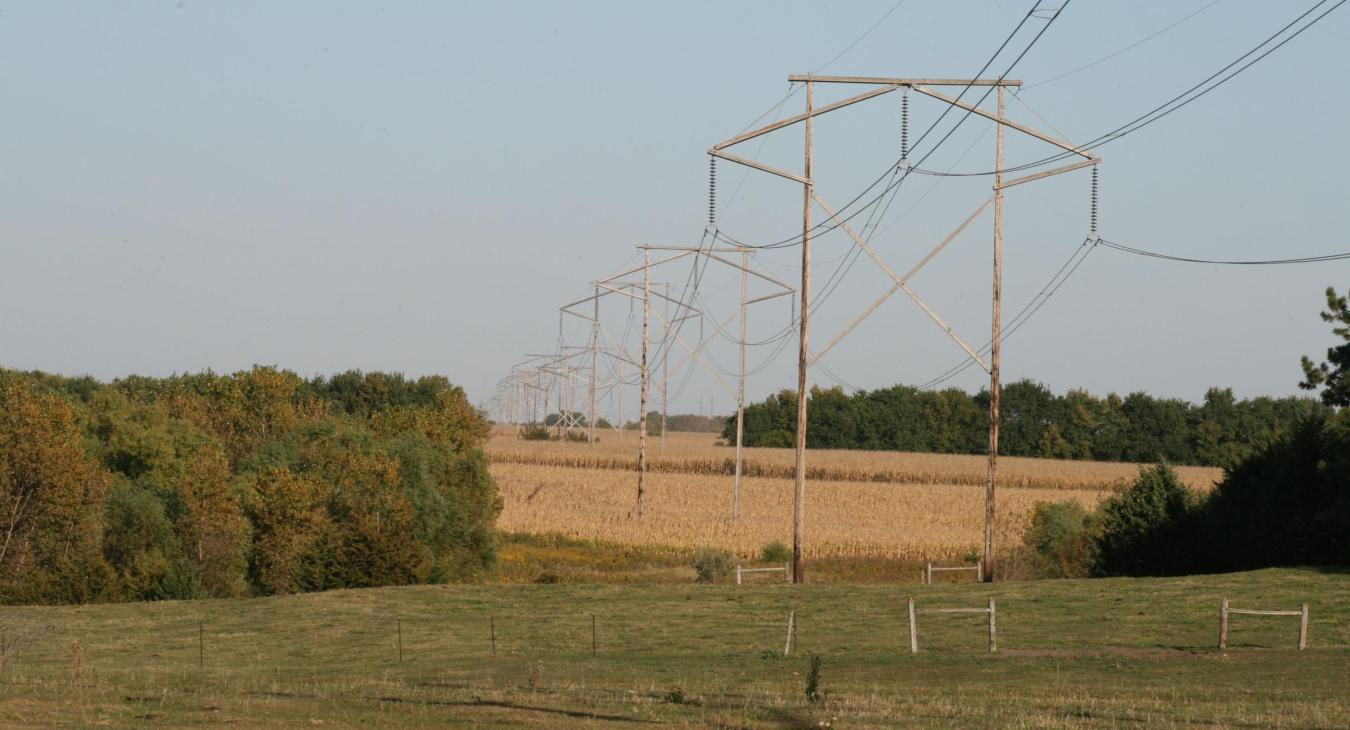It is very important to keep your distance from overhead power lines. Each year, construction and farm workers are injured or killed because they have accidentally made contact with the high-voltage lines that pass overhead.
To prevent this from happening to you, pre-plan your job. Go out to the area you plan to move large equipment into, stack bales within, or where irrigation pipe will be laid, and look around for overhead wires and electric poles. Then plan your job around them. Remember, high voltage power lines are not insulated. Also, be aware that there are laws that prohibit any work within six feet of lines that carry between 600 and 50,000 volts, and require a minimum distance of 10 feet from these lines when operating boom-type lifting equipment.
Changing temperatures during the spring can cause power line clearances to change as well.
“Power line clearances change with fluctuations in air temperature, so it is important to verify safe clearances,” said NREA Job Training and Safety Coordinator Larry Oetken. “Clearances on driveways and over land not normally used as a roadway may have ground to line clearances as low as 11.5 feet.”
When you’re working or performing other activities around the farm or ranch, watch out for overhead electrical lines. Know where power lines are located and treat all overhead power lines as though they are bare and uninsulated. Keep all equipment away from overhead lines.
It’s a good idea to know what to do if equipment you are operating comes in contact with an overhead power line. Don’t panic!
• Stay on the equipment, unless there is a fire.
• Ask for someone to immediately contact the local utility company to remove the danger.
• If there is an emergency such as an electrical fire and you must leave the equipment, jump as far away from the equipment as possible. Do not allow any part of your body to touch the equipment and the ground at same time. Shuffle away from where you jumped; do not take large strides. Too large a step could put each foot in a different voltage zone and electrocute you.
• Once away from the equipment, never attempt to get back on or even touch it. Many electrocutions occur when the worker dismounts, then gets back on the equipment.
Watch out for overhead power lines

